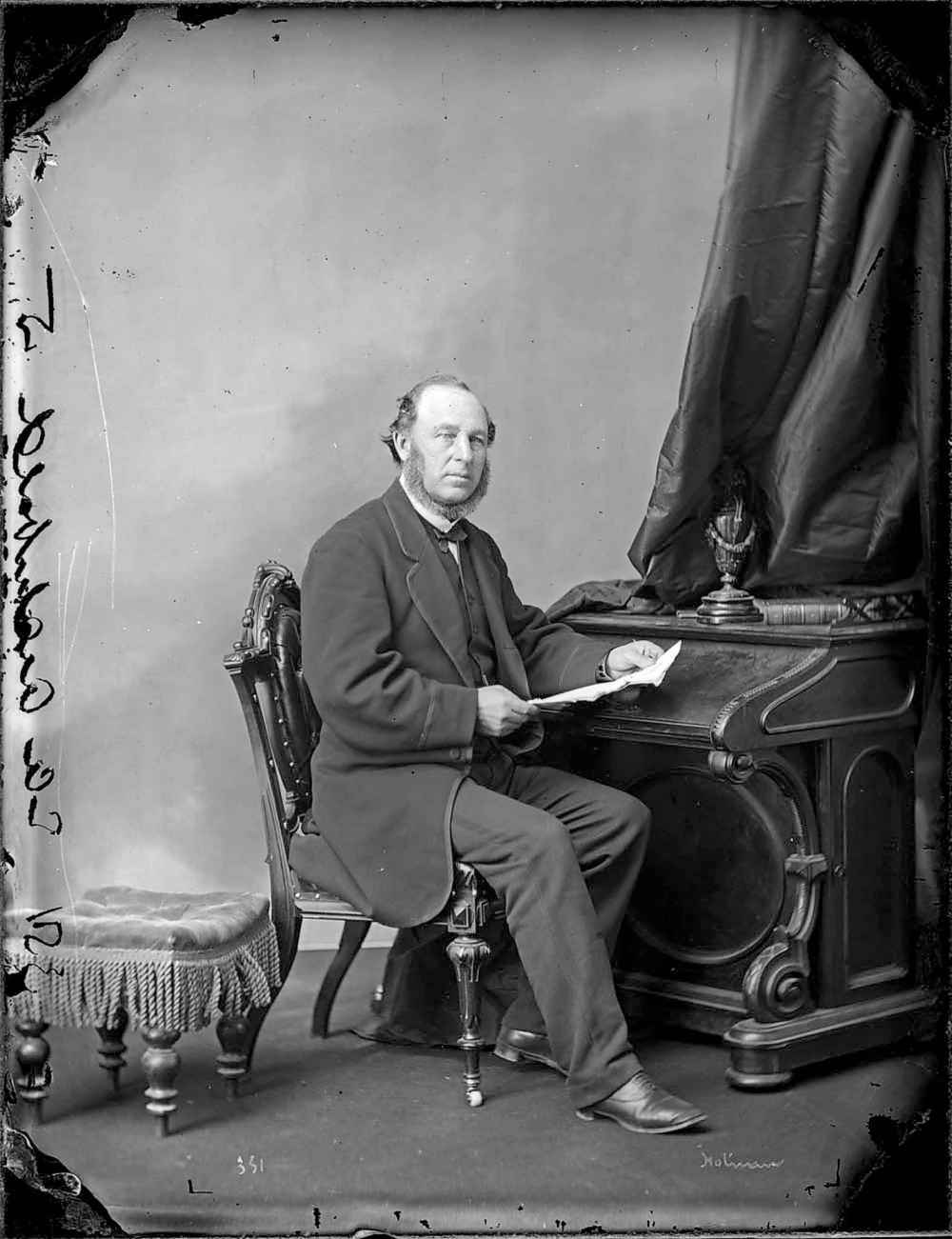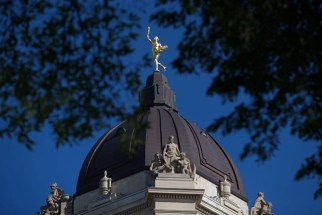Legislature should adopt land acknowledgment
Read this article for free:
or
Already have an account? Log in here »
To continue reading, please subscribe:
Monthly Digital Subscription
$0 for the first 4 weeks*
- Enjoy unlimited reading on winnipegfreepress.com
- Read the E-Edition, our digital replica newspaper
- Access News Break, our award-winning app
- Play interactive puzzles
*No charge for 4 weeks then price increases to the regular rate of $19.00 plus GST every four weeks. Offer available to new and qualified returning subscribers only. Cancel any time.
Monthly Digital Subscription
$4.75/week*
- Enjoy unlimited reading on winnipegfreepress.com
- Read the E-Edition, our digital replica newspaper
- Access News Break, our award-winning app
- Play interactive puzzles
*Billed as $19 plus GST every four weeks. Cancel any time.
To continue reading, please subscribe:
Add Free Press access to your Brandon Sun subscription for only an additional
$1 for the first 4 weeks*
*Your next subscription payment will increase by $1.00 and you will be charged $16.99 plus GST for four weeks. After four weeks, your payment will increase to $23.99 plus GST every four weeks.
Read unlimited articles for free today:
or
Already have an account? Log in here »
Hey there, time traveller!
This article was published 19/05/2021 (1665 days ago), so information in it may no longer be current.
In the summer of 1871, about 1,000 First Nations people gathered at Lower Fort Garry along the Red River, between present-day Winnipeg and the town of Selkirk. Manitoba had just joined Canada a year earlier, following an armed resistance by the Métis, which led to the province’s negotiated entry into Confederation.

Left out of those talks were First Nations, whose territory and traditional way of life were under threat by an influx of European settlers. Tensions were growing between Indigenous people and newcomers, and peaceful solutions were needed to avoid conflict. Manitoba’s newly-appointed lieutenant-governor, Adams Archibald, promised First Nations leaders in the fall of 1870 that treaties would be negotiated to protect Indigenous territories and to preserve their hunting, fishing and trapping rights.
After several months of delay, negotiations began in July 1871 in what would be the first of several numbered treaties signed between the Canadian government and First Nations. More than 100 tents were set up outside Lower Fort Garry, a Hudson’s Bay Company post, with chiefs’ lodges in the middle where council meetings took place. After a day of celebrations that included Indigenous song, dance and pipe ceremonies, talks began in earnest on July 27.
Negotiations lasted eight days. There were hard-fought battles and heated discussions through interpreters about land use and access to agricultural equipment. Talks nearly broke down, but common ground was eventually found. On Aug. 3 — 150 years ago this summer — Treaty 1 was signed.
The interpretation of that treaty remains the subject of debate today. However, what is not in dispute is that Treaty 1, which covers the territory of Winnipeg and much of present-day southern Manitoba, is an agreement between First Nations and newcomers to share the land, to live in peace and harmony and to prosper together as equals. Like the numbered treaties that followed, Treaty 1 is an expression of mutual respect.
Today, treaty land acknowledgments are often made prior to public events and meetings — including at major sporting events such as Winnipeg Jets games. They are declarations that an event is taking place on soil where Indigenous people, including the Métis, came together with European settlers to form Manitoba in a spirit of co-operation and inclusivity. They are a reminder of our history, that Manitoba was founded on the principles of mutual respect and sharing.
Treaty land acknowledgments are made regularly at city council meetings, in schools, and at business functions. Politicians often acknowledge they are on treaty land territory prior to delivering speeches.
Oddly enough, Manitoba’s legislative assembly — arguably the province’s most important public institution — does not open its daily proceedings with a treaty land acknowledgment. It’s been discussed on and off for several years, but the province’s legislators can’t seem to find the political will to get it on the agenda at a legislative rules committee meeting to make it happen.
A resolution by NDP MLA Ian Bushie calling for a land acknowledgment at the beginning of each sitting day was debated last week. However, after arguments over process and bickering about political motivation, MLAs ran out of time to vote on it.
Treaty land acknowledgments are an important part of reconciliation; they foster inclusion and build good will. Aug. 3 will mark the 150th anniversary of the signing of Treaty 1; there would be no better time than now for Manitoba’s legislators to put partisanship aside and amend the house rules to include a treaty land acknowledgment before each sitting day.








